Towards Space-Air-Ground Information Network: Next Frontier for Wireless Communications
Scope
Given the ever-increasing demand for emerging services exemplified by wide-area Internet of Things (IoT), submarine communication, etc., flexible and seamless coverage has been regarded as an urgent need for the fifth-generation (5G) and beyond. Therefore, different types of space/air/terrestrial platforms need to be connected to the existing terrestrial networks to break the isolation of information islands and provide various services. Specifically, as a powerful supplement for terrestrial networks, airborne and space communication infrastructures, such as low Earth orbit (LEO) satellite constellations, and unmanned aerial vehicles (UAVs), are envisioned to be integrated to provision efficient information transmission with expanded coverage and satisfied quality-of-service (QoS), anywhere and anytime. However, suffering from scarce frequency/orbit resources for satellites and limited transmission capacity for UAVs, there is a need to develop new communication architectures and protocols to complement and extend space-air-ground networks.
Against this background, this special issue will provide a comprehensive presentation of the state-of-the-art findings on key theoretical and practical design issues for space-air-ground information networks.
Areas of interest include, but are not limited to:
- Architecture and key techniques of cooperative communication for space-air-ground networks;
- Channel measurement and modelling for space-air-ground networks;
- Networking architectures and communication protocols for space-air-ground communications;
- Spectrum sharing techniques for the coexistence of air/space/terrestrial networks;
- Spectrum management and multiple access schemes for space-air-ground communications;
- Network and resource management in space-air-ground networks;
- Terahertz (THz) and free-space optical (FSO) communications and networks;
- Security and safety issues of space-air-ground networks;
- Machine learning and artificial intelligence (AI) for space-air-ground communication and networking;
- Antenna array enabled space-air-ground communication and networking;
- Other potential advances in space-air-ground communication technologies.
Guest Editors
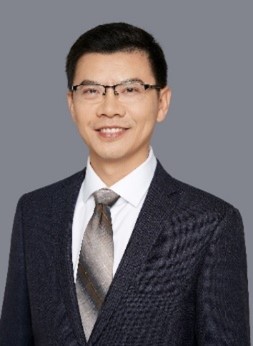 Nan Wu received his B.S., M.S., and Ph.D. degrees from the Beijing Institute of Technology (BIT), Beijing, China, in 2003, 2005, and 2011, respectively. From 2008 to 2009, he was a Visiting Ph.D. Student with the Department of Electrical Engineering, Pennsylvania State University, USA. He is currently a Professor with the School of Information and Electronics, BIT. His research interest includes signal processing in wireless communication networks. He serves as an Editorial Board Member of IEEE Wireless Communications Letters, IEEE Access, International Journal of Electronics and Communications, and KSII Transactions on Internet and Information Systems. He was a recipient of the National Excellent Doctoral Dissertation Award by MOE of China in 2013.
Nan Wu received his B.S., M.S., and Ph.D. degrees from the Beijing Institute of Technology (BIT), Beijing, China, in 2003, 2005, and 2011, respectively. From 2008 to 2009, he was a Visiting Ph.D. Student with the Department of Electrical Engineering, Pennsylvania State University, USA. He is currently a Professor with the School of Information and Electronics, BIT. His research interest includes signal processing in wireless communication networks. He serves as an Editorial Board Member of IEEE Wireless Communications Letters, IEEE Access, International Journal of Electronics and Communications, and KSII Transactions on Internet and Information Systems. He was a recipient of the National Excellent Doctoral Dissertation Award by MOE of China in 2013.
 Jinhong Yuan received his B.E. and Ph.D. degrees in electronics engineering from the Beijing Institute of Technology, Beijing, China, in 1991 and 1997, respectively. From 1997 to 1999, he was a Research Fellow with the School of Electrical Engineering, University of Sydney, Sydney, Australia. In 2000, he joined the School of Electrical Engineering and Telecommunications, University of New South Wales, Sydney, where he is currently a Professor and the Head of the Telecommunication Group with the School. He has published two books, five book chapters, over 300 papers in telecommunications journals and conference proceedings, and 50 industrial reports. He is a co-inventor of one patent on MIMO systems and two patents on low-density-parity-check codes. He has coauthored four best paper awards and one Best Poster Award, including the Best Paper Award from the IEEE International Conference on Communications, Kansas City, USA, in 2018, the Best Paper Award from IEEE Wireless Communications and Networking Conference, Cancun, Mexico, in 2011, and the Best Paper Award from the IEEE International Symposium on Wireless Communications Systems, Trondheim, Norway, in 2007. His current research interests include error control coding and information theory, communication theory, and wireless communications. He is currently serving as an Associate Editor for the IEEE Transactions on Wireless Communications. He served as the IEEE NSW Chapter Chair of Joint Communications/Signal Processions/Ocean Engineering Chapter (2011–2014) and served as an Associate Editor for the IEEE Transactions on Communications (2012–2017).
Jinhong Yuan received his B.E. and Ph.D. degrees in electronics engineering from the Beijing Institute of Technology, Beijing, China, in 1991 and 1997, respectively. From 1997 to 1999, he was a Research Fellow with the School of Electrical Engineering, University of Sydney, Sydney, Australia. In 2000, he joined the School of Electrical Engineering and Telecommunications, University of New South Wales, Sydney, where he is currently a Professor and the Head of the Telecommunication Group with the School. He has published two books, five book chapters, over 300 papers in telecommunications journals and conference proceedings, and 50 industrial reports. He is a co-inventor of one patent on MIMO systems and two patents on low-density-parity-check codes. He has coauthored four best paper awards and one Best Poster Award, including the Best Paper Award from the IEEE International Conference on Communications, Kansas City, USA, in 2018, the Best Paper Award from IEEE Wireless Communications and Networking Conference, Cancun, Mexico, in 2011, and the Best Paper Award from the IEEE International Symposium on Wireless Communications Systems, Trondheim, Norway, in 2007. His current research interests include error control coding and information theory, communication theory, and wireless communications. He is currently serving as an Associate Editor for the IEEE Transactions on Wireless Communications. He served as the IEEE NSW Chapter Chair of Joint Communications/Signal Processions/Ocean Engineering Chapter (2011–2014) and served as an Associate Editor for the IEEE Transactions on Communications (2012–2017).
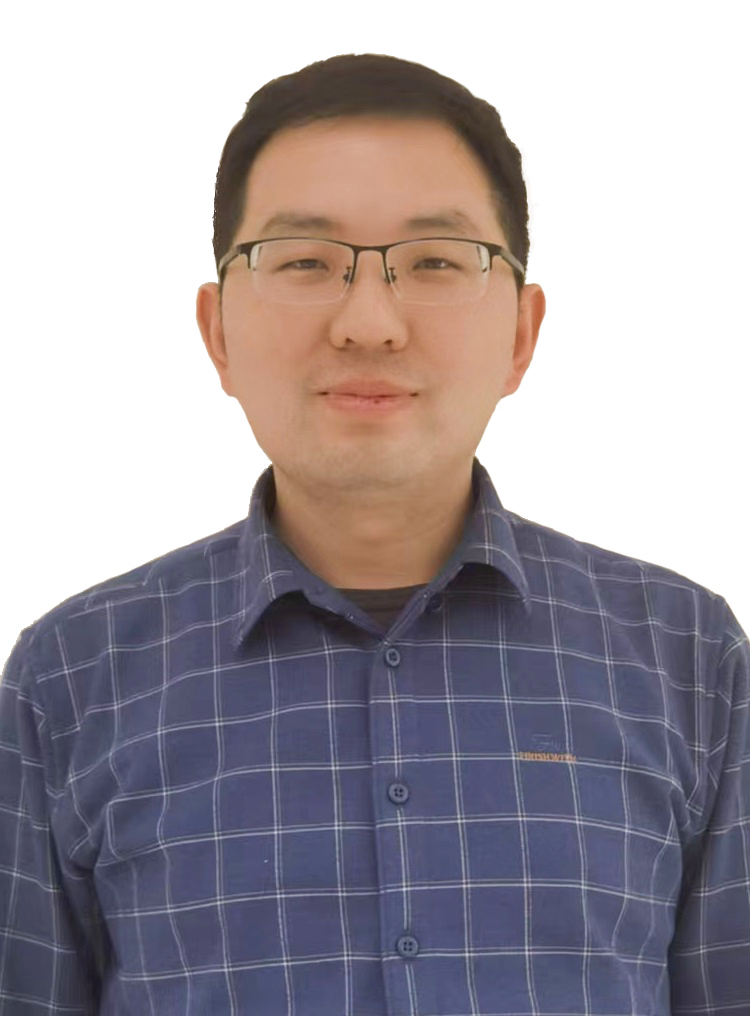 Guoru Ding received his B.S. (Hons.) degree in electrical engineering from Xidian University, Xi'an, China, in 2008, and his Ph.D. (Hons.) degree in communications and information systems from the College of Communications Engineering, Nanjing, China, in 2014. He is currently an Associate Professor with the College of Communications Engineering. From 2015 to 2018, he was a Postdoctoral Research Associate with National Mobile Communications Research Laboratory, Southeast University, Nanjing, China. His research interests include cognitive radio networks, massive MIMO, machine learning, and data analytics over wireless networks. He was the Guest Editor of the IEEE Journal on Selected Areas in Communications (special issue on spectrum sharing and aggregation in future wireless networks). He is currently an Associate Editor for the IEEE Transactions on Cognitive Communications and Networking and a Technical Editor of the IEEE 1900.6 Standard Association Working Group. He was the recipient of the Excellent Doctoral Thesis Award of the China Institute of Communications in 2016, Alexander von Humboldt Fellowship in 2017, Excellent Young Scientist of Wuwenjun Artificial Intelligence in 2018, and 14th IEEE COMSOC Aisa-Pacific Outstanding Young Researcher Award in 2019, Natural Science Foundation for Distinguished Young Scholars of Jiangsu Province, China and six best paper awards from international conferences such as the IEEE VTC-FALL 2014.
Guoru Ding received his B.S. (Hons.) degree in electrical engineering from Xidian University, Xi'an, China, in 2008, and his Ph.D. (Hons.) degree in communications and information systems from the College of Communications Engineering, Nanjing, China, in 2014. He is currently an Associate Professor with the College of Communications Engineering. From 2015 to 2018, he was a Postdoctoral Research Associate with National Mobile Communications Research Laboratory, Southeast University, Nanjing, China. His research interests include cognitive radio networks, massive MIMO, machine learning, and data analytics over wireless networks. He was the Guest Editor of the IEEE Journal on Selected Areas in Communications (special issue on spectrum sharing and aggregation in future wireless networks). He is currently an Associate Editor for the IEEE Transactions on Cognitive Communications and Networking and a Technical Editor of the IEEE 1900.6 Standard Association Working Group. He was the recipient of the Excellent Doctoral Thesis Award of the China Institute of Communications in 2016, Alexander von Humboldt Fellowship in 2017, Excellent Young Scientist of Wuwenjun Artificial Intelligence in 2018, and 14th IEEE COMSOC Aisa-Pacific Outstanding Young Researcher Award in 2019, Natural Science Foundation for Distinguished Young Scholars of Jiangsu Province, China and six best paper awards from international conferences such as the IEEE VTC-FALL 2014.
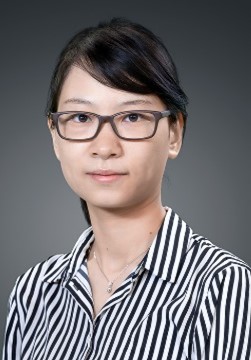 Yaru Fu received her Ph.D in Electronic Engineering from City University of Hong Kong (CityU) in 2018. She is currently an Assistant Professor with School of Science and Technology, Hong Kong Metropolitan University (HKMU). From 2018 to 2020, she conducted postdoctoral research in The Chinese University of Hong Kong (CUHK) and Singapore University of Technology and Design (SUTD). She was also a visiting researcher in Telecom Paris and Nokia Bell Labs, Paris, France. She was honoured with the 2014 Outstanding Academic Performance Award for Research Degree Students (non-local UGC-funded students), 2015 CityU Research Tuition Scholarship, 2021 Katie Shu Sui Pui Charitable Trust - Outstanding Research Publication Award (Gold Prize), 2021 World’s Top 2% Scientists (by Stanford University), 2022 Katie Shu Sui Pui Charitable Trust – Excellent Research Publication Award, and the 2022 Best Editor Award for IEEE Wireless Communications Letters. Dr. Fu has served as a Principal Investigator (PI) or Co-PI for eight grants including two grants awarded by the Research Grants Council of HKSAR. She serves as an Associate Editor for the IEEE Wireless Communications Letters, an Associate Editor for the IEEE Networking Letters, and a Review Editor for the Frontiers in Communications and Networks. She is the member of School Research Degree Committee and the Director of the Centre for Research in Advanced Network Technologies (CRANT). Her research interests include wireless communications & networking, machine learning, and digital twin.
Yaru Fu received her Ph.D in Electronic Engineering from City University of Hong Kong (CityU) in 2018. She is currently an Assistant Professor with School of Science and Technology, Hong Kong Metropolitan University (HKMU). From 2018 to 2020, she conducted postdoctoral research in The Chinese University of Hong Kong (CUHK) and Singapore University of Technology and Design (SUTD). She was also a visiting researcher in Telecom Paris and Nokia Bell Labs, Paris, France. She was honoured with the 2014 Outstanding Academic Performance Award for Research Degree Students (non-local UGC-funded students), 2015 CityU Research Tuition Scholarship, 2021 Katie Shu Sui Pui Charitable Trust - Outstanding Research Publication Award (Gold Prize), 2021 World’s Top 2% Scientists (by Stanford University), 2022 Katie Shu Sui Pui Charitable Trust – Excellent Research Publication Award, and the 2022 Best Editor Award for IEEE Wireless Communications Letters. Dr. Fu has served as a Principal Investigator (PI) or Co-PI for eight grants including two grants awarded by the Research Grants Council of HKSAR. She serves as an Associate Editor for the IEEE Wireless Communications Letters, an Associate Editor for the IEEE Networking Letters, and a Review Editor for the Frontiers in Communications and Networks. She is the member of School Research Degree Committee and the Director of the Centre for Research in Advanced Network Technologies (CRANT). Her research interests include wireless communications & networking, machine learning, and digital twin.
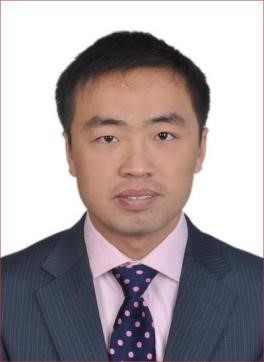 Jiankang Zhang received his B.Sc. degree in Mathematics and Applied Mathematics from Beijing University of Posts and Telecommunications in 2006, and his Ph.D. degree in Communication and Information Systems from Zhengzhou University in 2012. Dr. Zhang is a Senior Lecturer at Bournemouth University. Prior to joining in Bournemouth University, he was a Senior Research Fellow at the University of Southampton, UK. Dr Zhang was a lecturer from 2012 to 2013 and then an associate professor from 2013 to 2014 at Zhengzhou University. From 2009 to 2011, Dr. Zhang was a visiting PhD student in the School of Electronics and Computer Science, the University of Southampton, UK. His research interests are in the areas of massive MIMO, aeronautical communications, optimization algorithms and edge computing. He is an Associate Editor for the IEEE ACCESS.
Jiankang Zhang received his B.Sc. degree in Mathematics and Applied Mathematics from Beijing University of Posts and Telecommunications in 2006, and his Ph.D. degree in Communication and Information Systems from Zhengzhou University in 2012. Dr. Zhang is a Senior Lecturer at Bournemouth University. Prior to joining in Bournemouth University, he was a Senior Research Fellow at the University of Southampton, UK. Dr Zhang was a lecturer from 2012 to 2013 and then an associate professor from 2013 to 2014 at Zhengzhou University. From 2009 to 2011, Dr. Zhang was a visiting PhD student in the School of Electronics and Computer Science, the University of Southampton, UK. His research interests are in the areas of massive MIMO, aeronautical communications, optimization algorithms and edge computing. He is an Associate Editor for the IEEE ACCESS.
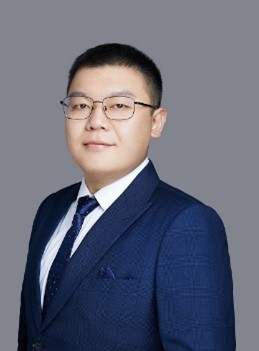 Dongxuan He received his B.S. degree in automation and Ph.D. degree in information and communication systems from the Beijing Institute of Technology (BIT) in 2013 and 2019, respectively. From 2017 to 2018, he was a Visiting Student at the Singapore University of Technology and Design (SUTD). From 2019 to 2022, he was a Post-Doctoral Researcher at the Department of Electronic Engineering, Tsinghua University. He is currently an Assistant Professor with the School of Information and Electronics, BIT. His current research interests include terahertz communication, AI empowered wireless communications, and physical layer security. He was also an Exemplary Reviewer of IEEE Wireless Communications Letters.
Dongxuan He received his B.S. degree in automation and Ph.D. degree in information and communication systems from the Beijing Institute of Technology (BIT) in 2013 and 2019, respectively. From 2017 to 2018, he was a Visiting Student at the Singapore University of Technology and Design (SUTD). From 2019 to 2022, he was a Post-Doctoral Researcher at the Department of Electronic Engineering, Tsinghua University. He is currently an Assistant Professor with the School of Information and Electronics, BIT. His current research interests include terahertz communication, AI empowered wireless communications, and physical layer security. He was also an Exemplary Reviewer of IEEE Wireless Communications Letters.
Submission Instructions
Please indicate in your cover letter that your submission is intended for inclusion in the special issue.
Submission Deadline: August, 31, 2023
Table of Contents
Articles will appear here as they are published.
